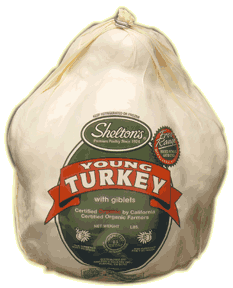a little more on activity-goal alignment for instructional games
This is an effort of teaching New Media educational strategies to instructional technologists through interactive fiction. The Instructional Games class I teach is composed of graduate students in Instructional Technology. The students explore the field of instructional gaming through a survey of readings, existing products, and those in development. The class considers:
- What is the emerging nature of this field?
- What are the elements of an effective game?
- What makes for “good” instructional design within a gaming environment?
The students become teachers of new media. This class is unique in many ways, the most prominent is that I'm teaching students how to create new media resources for education, so at the same time, they need to think like teachers that use new media text in their classes. As Gee noted, “When people learn to play video games, they are learning a new literacy” (2003, p. 16). It is most common for instructional technologists to become mini-content experts in the areas of curriculum they are designing, however, what is new is that they must develop a critical sense of what makes for “good” games, read the game so as to formulate learning objectives that are parallel (or integrated) into the goals of the game, and create instructional products within the constraints of the planned educational environment.
I have them read a lot. A list of research and readings attempts to span the spectrum of learning theory, game theory, and instructional game research that includes Aldrich, Crawford, Gee, Wolf, Kirriemuir, Koster, Miller, Squire and many others (a full list is available at http://it.usu.edu:16080/~bshelton/courses/instgames/ ).
The Case for the Class: Designing and Creating Interactive Fiction
One of the major assignments for this class is the design and partial creation of an instructional game based on Edgar Lee Masters’ work Spoon River Anthology using the medium of interactive fiction (IF). My students experience the medium of IF through play and critical analysis (Zork, Montfort and Granade works, among others) then dive into an unfamiliar computer language in order to transform a classic text into something new. They transform SRA into a new media text aimed at 9th grade English students (and teachers) who may experience and analyze the piece in ways expected (reading comprehension, poetry, literary devices) and unexpected (computer language, confidence and self-esteem, problem solving).
The (constraint?) process I have them follow for design/development is one of activity-goal alignment, meaning that they must design the game-like activity so that it integrates the instructional goals of the product. How do they do that? Well, it's a challenge. But the point of it is that they can't simply insert game-elements (presumably to increase motivation to play, as that's what game-like elements do) just for the sake of increasing the engagement of the game. Eventually, these game-like elements will distract from the learning. At the same time, they can't simply insert instuctional techniques (for instance, a "reflection" activity) without having it be involved with the game activity. This will keep it from being boring and create those cognitive "shocks" that take someone out of "flow" like states of activity. With this premise as a guide, they must design and develop with the game activity aligned with the instructional goals in order to make a successful educational game.
The students will eventually implement a New Media pedagogy in instructional Technology.
Specifically, I'm teaching a class on how to theorize about and design/create instructional games, with the class project aimed at designing a work of IF to teach a classic book for use in high school English classrooms. How do instructional technology designers need to become mini-experts in various subjects, and share successes and pitfalls of the students in my class? Something to consider. Portions of the game they develop will be available to be shared, I'll make sure that gets posted when it's ready.



<< Home